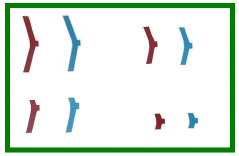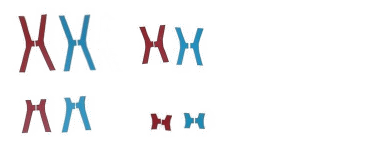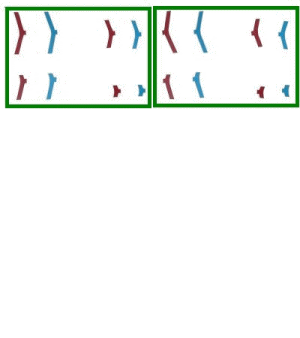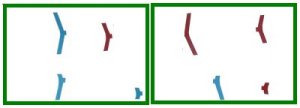IntroductionSome organisms are only made of one cell. They are called unicellular organisms. They reproduce using mitosis. Such organisms, such as bacteria or yeast or paramecia, grow and their cell gets bigger but eventually it cannot get any larger so it divides in two. As we saw with mitosis, each daughter cell is identical to the original. In other words, in a population of bacteria, each individual is an identical copy of all the others. There is no variety in such a population. In multi-cellular organisms (ones with many cells), there is a possibility of mixing some genetic information from male and female members of the population. Such mixing of genes allows for extensive variety in a population. Two parents could have dozens of offspring without ever having two that are identical. In order to do this, each parent has to contribute 50% of the genetic information necessary to make the next generation. The problem is that mitosis always gives cells that have 100% of the genetic information. That is why meiosis is necessary. Meiosis creates daughter cells which contain only half the genetic information of the parent cell. For meiosis to work, first the chromosomes are doubled, just as they are for mitosis.
Then the cell splits into two, just as it does for mitosis.
But, it does not stop there. With meiosis, there is an additional division in order to split up the information so that each cell has 50%. The animation below shows the second division:
The daughter cells now look like this:
And that offspring can go on to become a parent and produce its own unique offspring. Each individual carries the precious genetic information one more generation, copying it and giving a unique combination of it to the next generation. All this has gone on for millions of years and will continue for millions more... |




